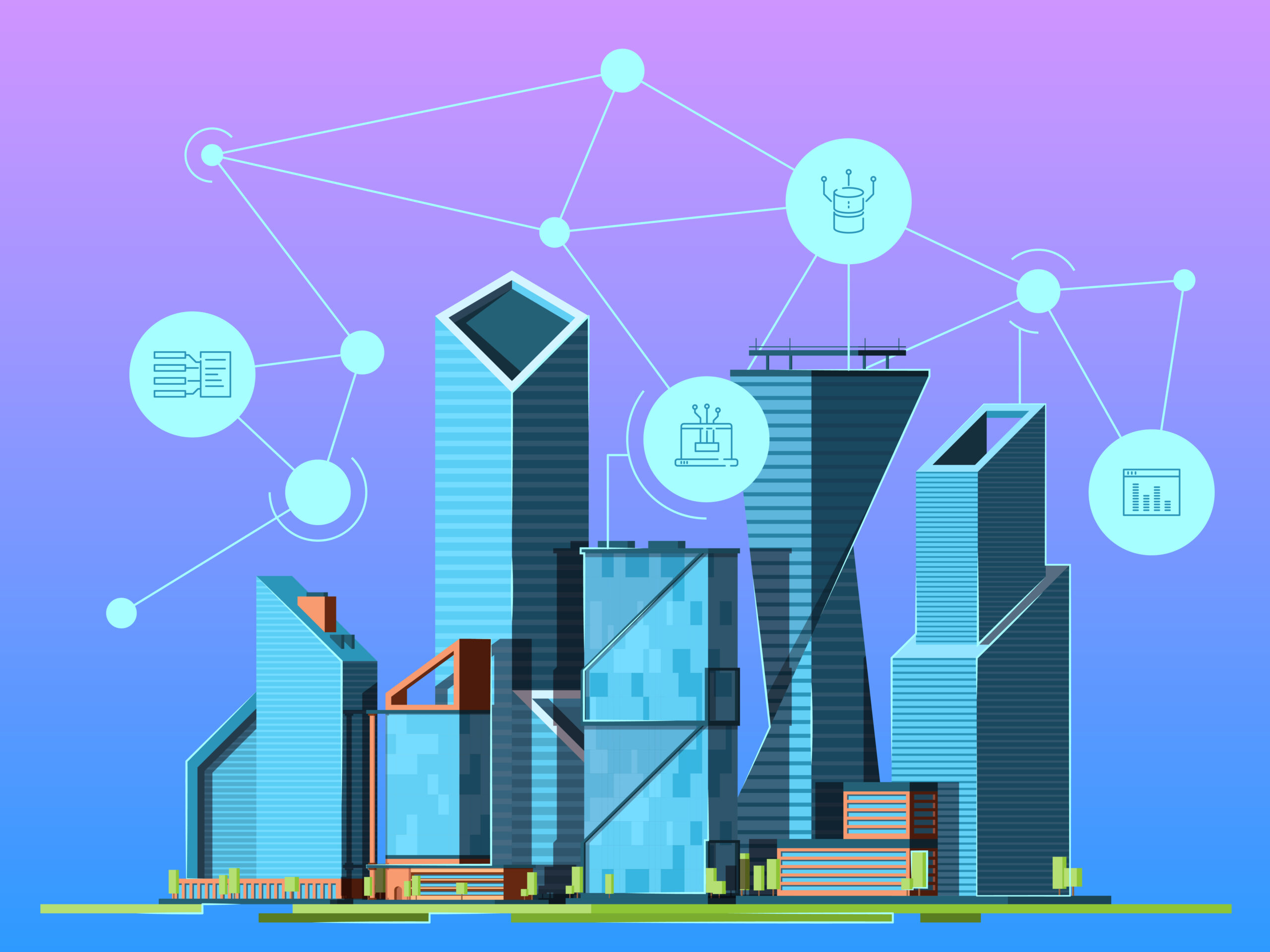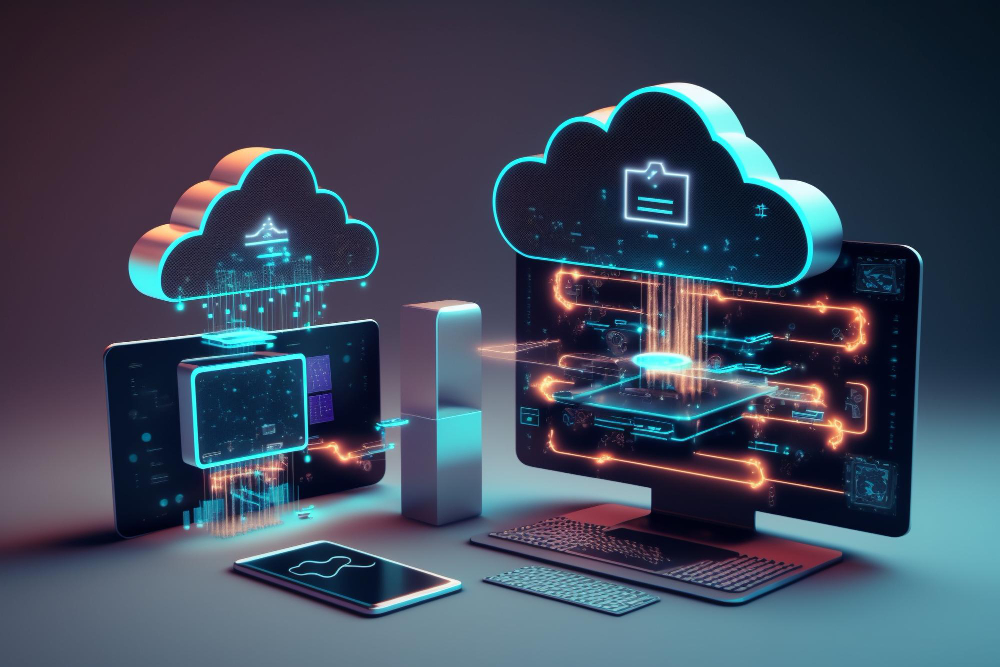Future Trends in Enterprise IT Infrastructure: Scalability and Flexibility
- 1 Future Trends in Enterprise IT
- 1.1 The Shift to Scalable and Flexible Architectures
- 1.2 Embracing Cloud Computing
- 1.3 The Rise of Hybrid and Multi-Cloud Environments
- 1.4 Virtual Machines vs Containers: A Balancing Act
- 1.5 The Importance of Automation and Orchestration
- 1.6 Leveraging Artificial Intelligence and Machine Learning
- 1.7 The Growing Importance of Edge Computing
- 1.8 Security and Compliance in a Changing Landscape
- 1.9 Preparing for the Future: Adaptability and Continuous Learning
- 1.10 Integrating Sustainable Practices in IT Infrastructure
- 1.11 The Role of Blockchain in Enterprise IT
- 1.12 The Impact of 5G on Enterprise Networks
- 2 Conclusion
The landscape of enterprise IT infrastructure is continually evolving, driven by the need for greater scalability, flexibility, and efficiency. As businesses navigate the complexities of digital transformation, understanding and adapting to these trends is crucial for staying competitive. This article explores the emerging trends in enterprise IT infrastructure, focusing on how organizations can leverage these developments to build a more resilient, agile, and future-proof IT ecosystem.
Future Trends in Enterprise IT
The Shift to Scalable and Flexible Architectures
Modern businesses demand IT infrastructures that scale rapidly and adapt to changing needs. This shift is characterized by the move from monolithic systems to more modular and distributed architectures. Scalability and flexibility are no longer just desirable attributes; they are essential for businesses to respond quickly to market changes, customer demands, and technological advancements.
Embracing Cloud Computing
Cloud computing has been a game-changer for enterprise IT, offering unprecedented scalability and flexibility. Accessing resources on demand, scaling up or down as needed, and only paying for what is used presents a significant advantage over traditional IT models. As cloud technologies mature, more businesses move towards a cloud-first strategy, leveraging the cloud’s benefits to drive innovation and efficiency.
The Rise of Hybrid and Multi-Cloud Environments
While the cloud offers many benefits, a one-size-fits-all approach doesn’t work for every organization. This realization has led to hybrid and multi-cloud environments, where businesses combine public cloud services with private clouds and on-premises resources. This approach allows organizations to optimize their IT infrastructure based on specific workload requirements, compliance needs, and performance criteria.
Virtual Machines vs Containers: A Balancing Act
One of the critical decisions in modern IT infrastructure is choosing between virtual machines (VMs) and containers. VMs provide complete isolation and are suitable for applications that require an entire operating system and extensive resources. Containers, being more lightweight, offer a more efficient way to package and deploy applications, especially in cloud-native environments. Balancing VMs and containers based on specific application needs and performance requirements is crucial for optimizing IT infrastructure.
The Importance of Automation and Orchestration
As IT environments become more complex, automation and orchestration become critical for managing these systems efficiently. Automation reduces the risk of human error, improves consistency, and speeds up processes, while orchestration tools help manage and coordinate automated tasks across different environments. This combination is essential for maintaining a scalable and flexible IT infrastructure.
Leveraging Artificial Intelligence and Machine Learning
Artificial intelligence (AI) and machine learning (ML) are increasingly significant in IT infrastructure management. These technologies can analyze vast amounts of data to predict trends, automate decision-making, and optimize processes. AI and ML are beneficial in areas like network management, security, and predictive maintenance.
The Growing Importance of Edge Computing
Edge computing is emerging as a key trend, especially for businesses dealing with large amounts of data generated at the network’s edge. By processing data closer to where it is generated, edge computing reduces latency, improves response times, and decreases bandwidth usage. This trend is particularly relevant for Internet of Things (IoT) applications and real-time data processing.
Security and Compliance in a Changing Landscape
As IT infrastructures evolve, so do the security challenges. Ensuring the security and compliance of scalable and flexible systems is more complex than traditional setups. Businesses must adopt a holistic security approach, integrating security into every infrastructure layer and continuously monitoring for threats.
Preparing for the Future: Adaptability and Continuous Learning
The future of enterprise IT infrastructure is not just about adopting new technologies; it’s about building an adaptable organization. This adaptability involves fostering a culture of continuous learning, staying abreast of emerging trends, and being ready to pivot when necessary. Businesses that quickly adapt to technological changes and the market are better positioned to thrive in the digital era.
Integrating Sustainable Practices in IT Infrastructure
Sustainability is becoming a key consideration in enterprise IT. Organizations are increasingly seeking ways to reduce their carbon footprint and energy consumption. This involves optimizing data center designs, using energy-efficient hardware, and considering renewable energy sources. Sustainable practices benefit the environment and can lead to cost savings and improved brand reputation.
The Role of Blockchain in Enterprise IT
Blockchain technology is finding its place in enterprise IT infrastructure, offering enhanced security, transparency, and efficiency. IT blockchain applications include secure transactions, supply chain management, and identity verification. As blockchain technology matures, its integration into enterprise IT infrastructures could redefine how data is stored, shared, and secured.
The Impact of 5G on Enterprise Networks
The rollout of 5G technology will significantly impact enterprise IT infrastructure. 5G promises higher speeds, lower latency, and increased connectivity, enabling more efficient data transfer and new IoT, AI, and edge computing possibilities. Enterprises must prepare their infrastructures to leverage the benefits of 5G, which could entail upgrading network components and rethinking data management strategies.
Conclusion
The future of enterprise IT infrastructure is characterized by scalability, flexibility, and continuous evolution. By embracing cloud computing, balancing the use of virtual machines and containers, leveraging automation, and staying ahead of emerging trends like AI, ML, and edge computing, businesses can build an IT infrastructure that is robust and efficient but also agile and future-ready. As the digital landscape continues to evolve, adapting and innovating will be crucial to success in the ever-changing world of enterprise IT.




















